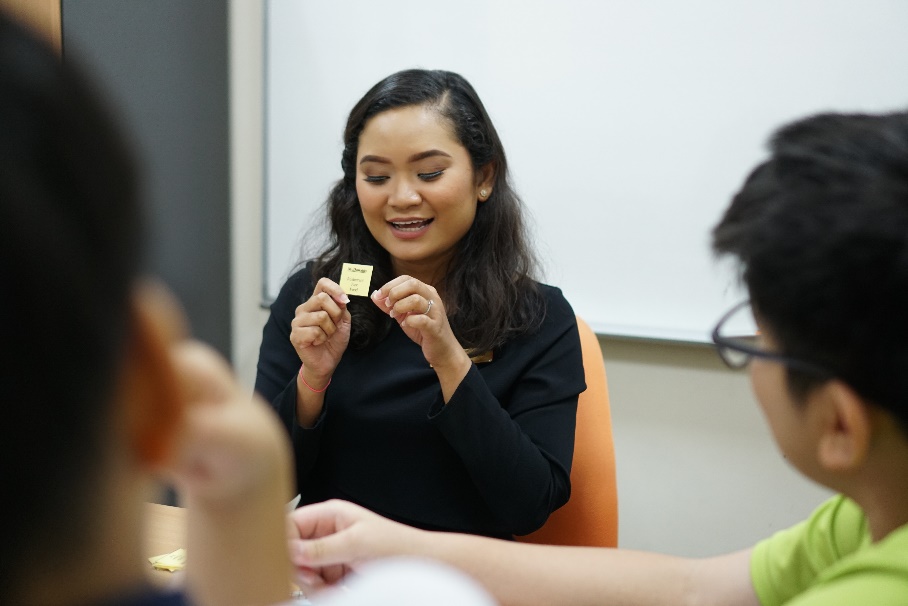EMBRACE DYSLEXIA – The Positive Side of a Learning Difference:
Ask any parent of a child with dyslexia, “is there a positive side to dyslexia?” and you can be fairly sure they would say that there were few positives about having a learning difference. Dyslexia is a brain-based learning difference that affects an individual’s ability to read, write and spell. Some will have dyslexia severe enough that if they do not get specialist help early in their education, they may never reach their full potential.
Literacy is the foundation for our educational progress and dyslexia negatively affects literacy learning, therefore the early identification of a learning difference is crucial to a child’s development and academic progress. Early identification of dyslexia will ensure that the right intervention is provided to help them to learn. However, learning can still be challenging, stressful and have its pitfalls.
Students with dyslexia need to work significantly harder because of the extra practice they require to make learning automatic. They fail often and will often have to go for extra support lessons after school to keep up with their peers which can affect their self-esteem and academic self-worth. Hence, parents who have a child with dyslexia often think that the term “Embrace Dyslexia” can be a bit of a paradox.
However, the struggle that children with dyslexia have, can result in positive outcomes. Students with dyslexia who find success usually focus on their signature strengths and utilise these strengths to lead them to success in adult life. The stories of many successful adults with dyslexia show this to be the case. Entrepreneur Richard Branson, Chef Jamie Oliver, Actress Kiera Knightly, F1 Driver Lewis Hamilton and Movie Director Steven Spielberg are all successful dyslexics in their fields of speciality. Each one has a unique story of struggle in their childhood education, but all decided to do what they loved, and this has made them successful in adult life.
Dyslexia as a ‘desirable difficulty’ was a concept introduced by Malcolm Gladwell in his book “David and Goliath”. Gladwell proposed that a difficulty can work as an asset and having dyslexia was desirable because people with dyslexia must work harder, use their individual strengths and develop their own coping strategies to compensate for their learning challenges. Again, the paradox of views, dyslexia is a desirable difficulty!
So, what is it about dyslexia that presents this paradox of views? Comparing the positive and inspiring vision of dyslexic adults who have used their signature strengths and coping strategies to succeed in life. who have supposedly overcome their difficulty, against the struggle and failure that children with dyslexia have in school when learning to read, write and spell.
EMBRACE DYSLEXIA, an initiative of the Dyslexia Association of Singapore (DAS), endeavours to foster greater public awareness about dyslexia with the aim of helping everyone to understand both the strengths and the challenges in the lives of individuals who have dyslexia.
At DAS, we see how our students can have success in learning when given the appropriate support and intervention. Positive outcomes of learning require a holistic approach which includes all stakeholders in a child’s education; including mainstream teaching, specialist and parent support. This is reflected in the African proverb, “It takes a village to raise a child”, and even more so when a child has a learning difference.
It is important that early identification and early intervention is critical to the success of dyslexics. We need to ensure, young students are told early in their educational journey. they can achieve their goals and that they can be successful.
Here are some tips to keep in mind:
- Know that hard work can bring rewards.
- Know that failure is a part of learning; each failure is an opportunity to understand something again.
- Identify their own learning style as well as accept support from those who know how to teach them the way they need to learn.
- Understand their weaknesses so they can work on them and create effective strategies to address their weakness
• Harness their talents and strengths to give them an edge in learning
Class in session (Photo by Dyslexia Association of Singapore)
Education systems need to be able to step back, look at the assessment of students and find better ways in ensuring students are being identified, taught and measured effectively. Not all measurements should be completed by pen and paper testing. Every teacher needs to be trained in how to teach a student with learning difficulties. All teacher needs to teach, not ‘show’ also needs to understand the different students and their needs in the classroom.
Ultimately, the success of an individual with dyslexia comes down to their own attitude to learning and succeeding. DAS believes there can be a positive side to dyslexia; we embrace dyslexia because we know that individuals with dyslexia can develop their learning strategies, also can have success in learning. We ensure we give them the right support so that they can harness that success.




